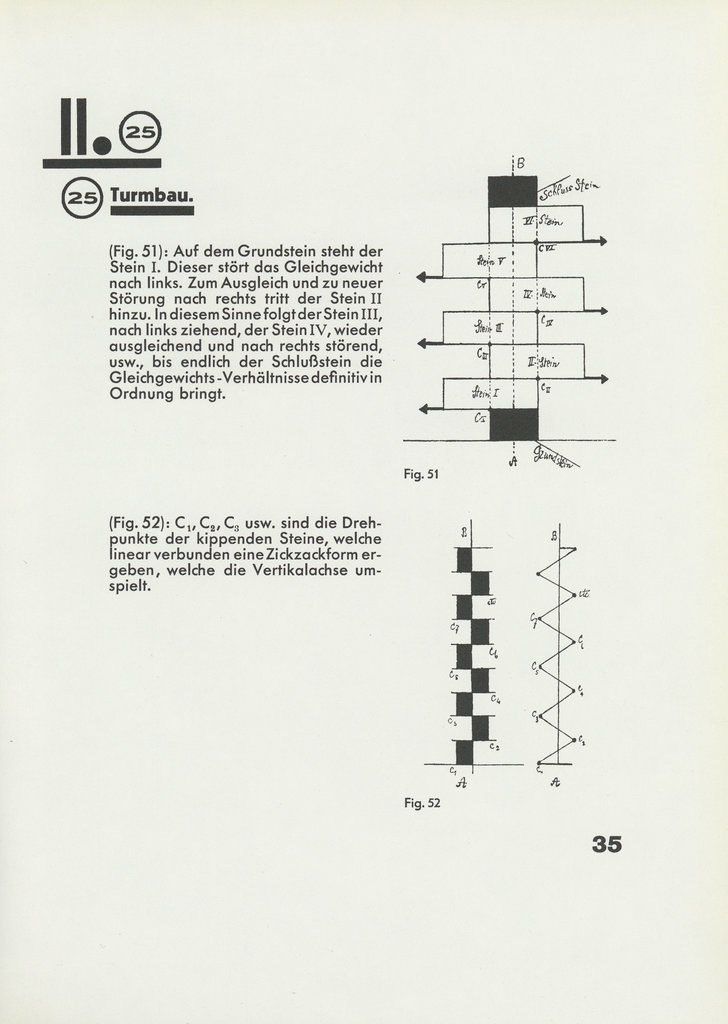Paul Klee
Switzerland (1879—1940)Born to a family of musicians, Klee showed a preference for visual arts from early age and trained in Germany. There he met Kandinsky, Macke and Marc and joined Der Blaue Reiter, participating to its second exhibition and publication. In 1910 he had the idea of illustrating Voltaire’s Candide with a series of illustrations and drawings. In 1912 he visited Paris where he got exposed to Cubism and abstract art and where he met Delaunay, Picasso and Braque and started to experiment with abstraction. Two years later he travelled to Tunisia with Macke, exploring the use of colour, but the outbreak of WWI called him back to Europe. During the war he was offered a position on the Executive Committe of Revolutionary Artists in a provisional comunist government. In 1920 he received an invitation to teach at Bauhaus in Weimar and later in Dessau as a ‘Form’ master. In 1930 he moved to Dusseldorf to teach at the Academy of Arts but the Nazi coming to power forced him to move back to Switzerland. Few years later he developed an autoimmune disease, which accompanied him until his death in Locarno in 1940.







